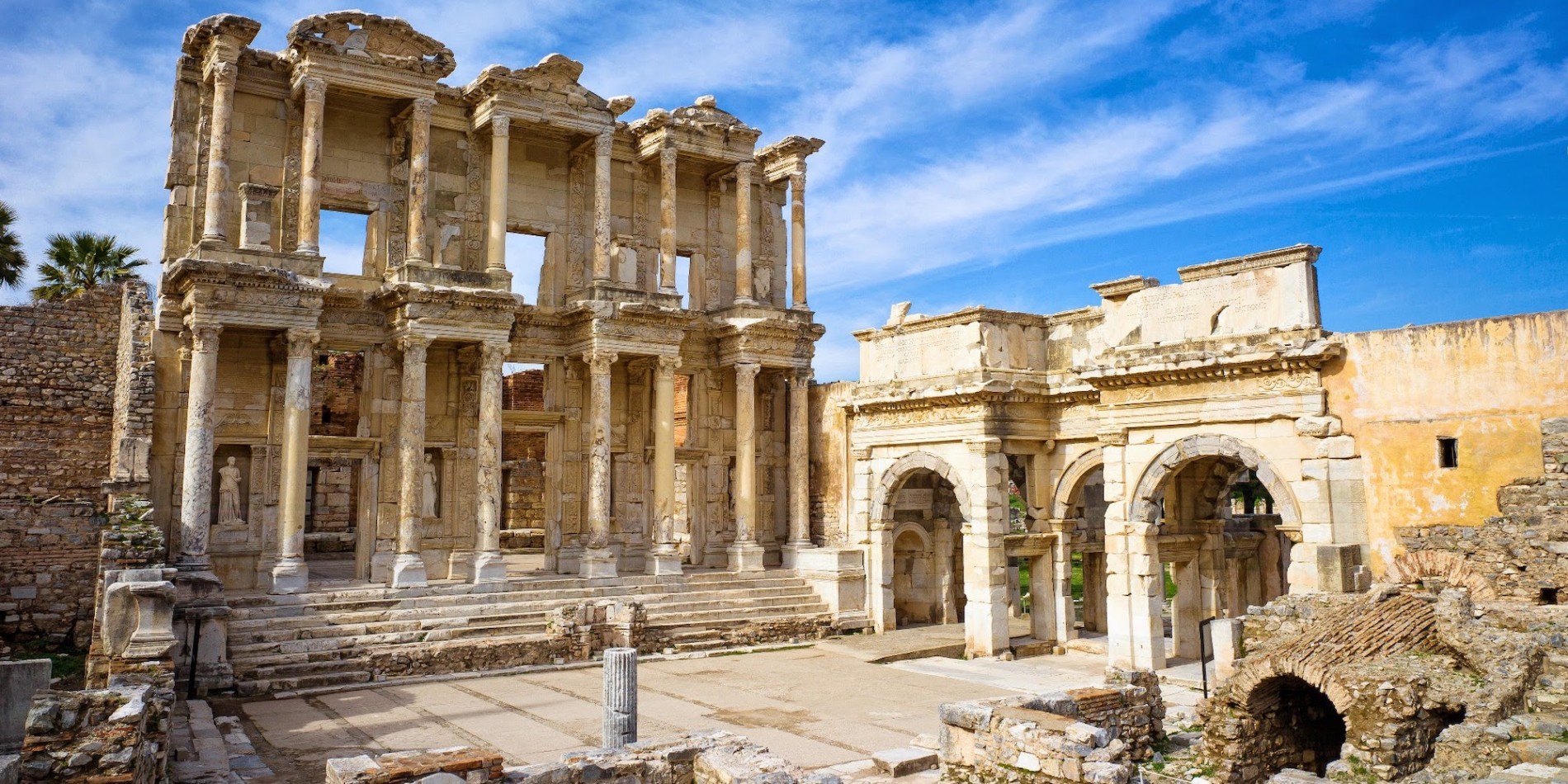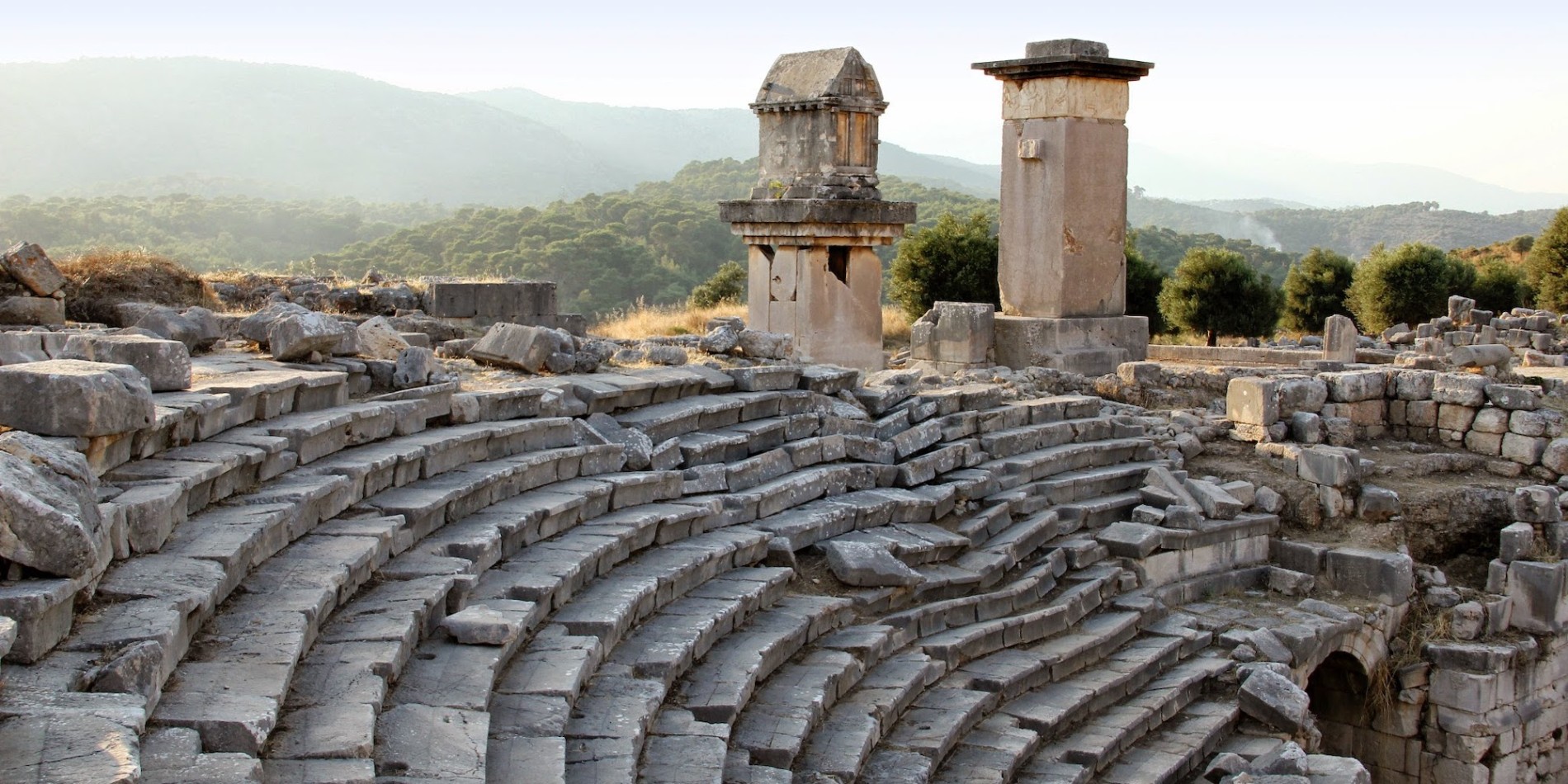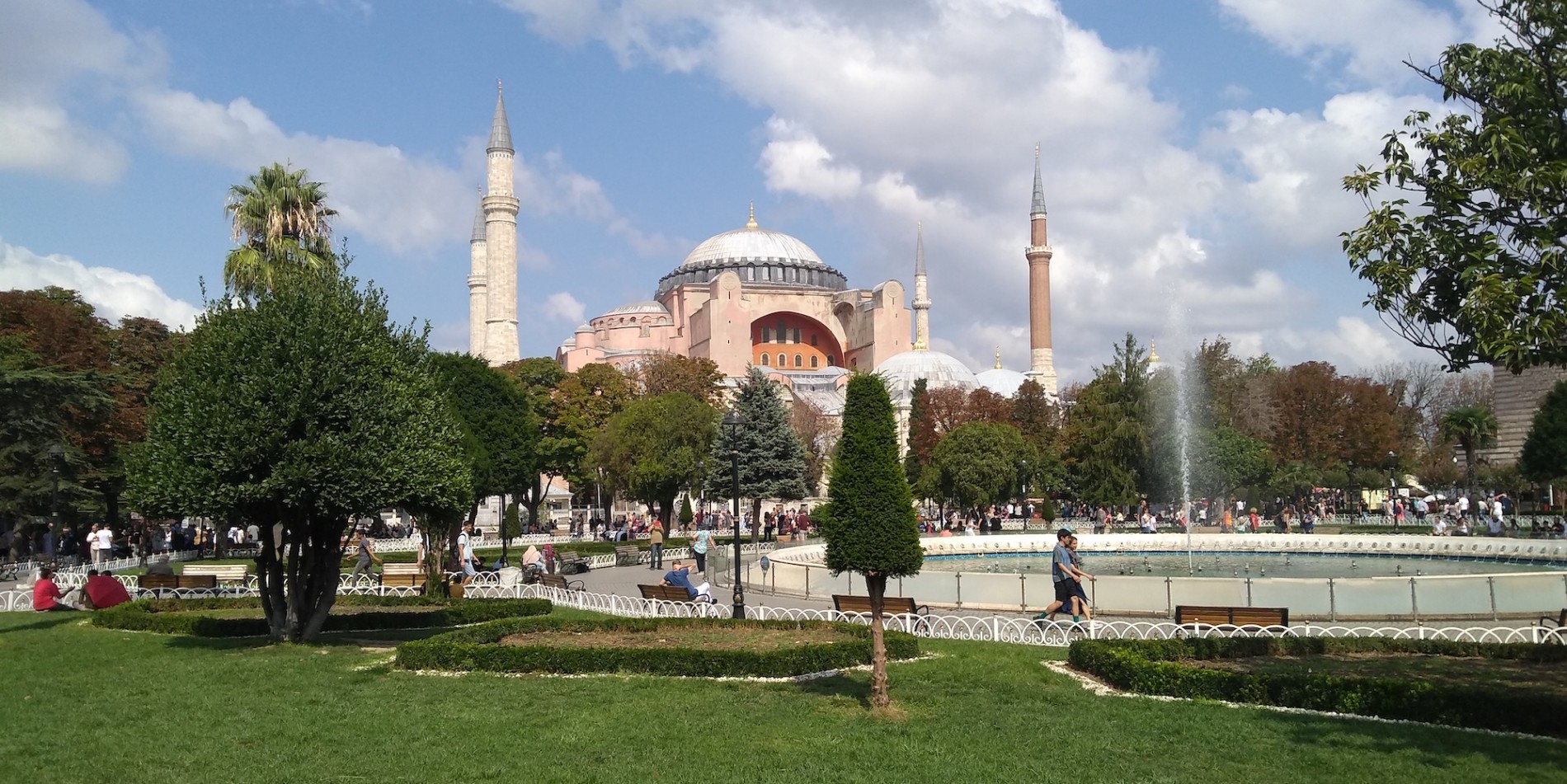Top 5 Historical Sites to Visit in Turkey
With its tumultuous past and successive civilizations, Turkey is one of the world’s most fascinating destinations for history lovers. It’s home to magnificent ancient cities and rock-hewn religious complexes, as well as stone circles that have existed since Neolithic times. Not only will you find Greek and Roman ruins within Turkey’s modern borders but also those dating from the Seljuk, Byzantine, and Ottoman empires.
Considering its historical richness, where should you focus your attention when visiting the country? In this guide, we’ll introduce 5 of the top historical sites to add to your Turkey itinerary, including well-known wonders and a hidden gem. In addition to exploring these ancient sites themselves, give yourself plenty of time to visit their associated museums, which house some of the world’s most breathtaking and historically significant artistic treasures.

Ephesus
Located near the modern-day town of Selçuk on Turkey’s Aegean coastline, Ephesus is a sprawling archaeological site that boasts some of the best-preserved ancient ruins in the world. It was a member of the Ionian League during the Classical Greek era before coming under Roman rule in the 2nd century BC. It’s most famed for the Temple of Artemis (which has been designated as one of the Seven Wonders of the Ancient World), although the entire site is UNESCO World Heritage-listed.
Join a guided tour to learn about its role as the Mediterranean’s main commercial hub as you explore its paved streets, crumbling baths, and storied ruins. Not to miss are the Temple of Hadrian (built in honor of the emperor’s visit) and the photogenic Library of Celsus, as well as the 25,000-seat Great Theatre. See the ongoing excavation works at the Terrace Houses and a brothel dating back to the 4th century BC before getting up close to a marble relief of the Greek goddess, Nike. Artifacts and sculptural works uncovered at the site are showcased at the Ephesus Museum.
Göbekli Tepe
Dating back to the Neolithic period is Göbekli Tepe (“Potbelly Hill”), which preserves the oldest known megaliths in the world. It’s located in Turkey’s Southeastern Anatolia Region, along the border it shares with Syria, in what is considered the birthplace of agriculture. Göbekli Tepe’s large, carved stones have been dated to 11,000 years of age, making them far older than those found at Stonehenge. Despite this, the site is still well off-the-beaten-tourist-track, although it won’t stay that way for long now that it is designated as a UNESCO World Heritage Site.
After watching the short animation about the construction of the site, follow the boardwalk that encircles the excavated area to admire its carved stones. Not to miss are the so-called “Vulture Stone” and the carvings depicting foxes and ducks. Reconstructed pillars and artifacts excavated at Göbekli Tepe are exhibited at the Şanlıurfa Museum, with a highlight being the “Urfa Man”. Dated to 9,000 BC, it is the oldest life-sized human sculpture ever discovered. Also within the museum complex is the Şanlıurfa Haleplibahçe Mosaic Museum with its ancient Orpheus mosaic.

Hierapolis
Often overshadowed by the sparkling travertine terraces that cascade alongside, Hierapolis is an ancient Greek city adjacent to modern-day Pamukkale. It was originally established as a cult center for the Phrygian people and dedicated to the Anatolian mother goddess of Cybele. In use since at least the 2nd century BC, its hot springs lured people from all over the world, with many spending their final days here before being buried in the tomb-filled necropolis.
Now designated as a UNESCO World Heritage Site, Hierapolis encompasses an agora and grid-like streets featuring a triumphal arch built by Julius Frontinus. To make the most of your visit, pick up an audio guide to explore the site. Don’t miss the monumental Gate of Domitian or the 15,000-seat theatre where plays, dances, and musical performances were held. Among those buried in the necropolis are Marcus Aurelius Ammianos and Philip the Apostle, one of the New Testament’s Twelve Apostles. A fascinating array of artifacts excavated from the site during the 19th and 20th centuries are exhibited at the Hierapolis Archaeology Museum.

Göreme Open Air Museum
In the heart of Central Anatolia is Cappadocia, a spectacular region that’s famed for its surreal rock formations and as the setting for breathtaking hot air balloon flights. But for history buffs, it’s the Göreme Open Air Museum that is the biggest drawcard, with this collection of fresco-adorned churches, chapels, and monasteries carved into the rocks during the Byzantine era. Within a short walk from the center of Göreme, this UNESCO World Heritage Site offers a fascinating insight into Turkey’s religious past.
Follow the cobblestone path that leads to the 11th-century Chapel of St. Basil, which is dedicated to one of Cappadocia’s most revered saints. Admire the red ochre motifs that adorn the Chapel of St. Barbara before continuing to the Apple Church with its nine domes. A highlight of the site is the Dark Church (so-called due to its lack of windows), which exhibits vividly colored frescoes of the Nativity and the Transfiguration. Tickets to the Göreme Open Air Museum also include a visit to the Buckle Church (one of Göreme's largest) and its underground chapel.

Hagia Sophia
While Istanbul is overflowing with historic sites not to be missed, the magnificent Hagia Sophia is a stand-out. It was originally established as an Eastern Orthodox Cathedral in the 4th century AD before being transformed into a mosque following the Ottoman conquest of Constantinople in 1453. After several decades as a museum, it is once again used as a Muslim site of worship, although visitors are welcome outside of prayer times. It’s important to note that there are strict dress requirements for visiting the Hagia Sophia, including covered heads and shoulders for women and below-the-knee clothing for men.
Before stepping inside to explore the Hagia Sophia’s magnificent interior, be sure to gaze up at its four soaring minarets. Inside, you’ll find Norse runic inscriptions left by Viking mercenaries and decorative marble floors, as well as more than 100 monolithic columns. While all of the Hagia Sophia’s mosaics are undeniably impressive, of particular note are the Mosaic of Jesus, Constantine and Empress Zoe, and the Mosaic of the Virgin and Child in the apse. An adjacent building houses the mausoleums of several Ottoman sultans, with intricate tile work and wooden inlays on display.




